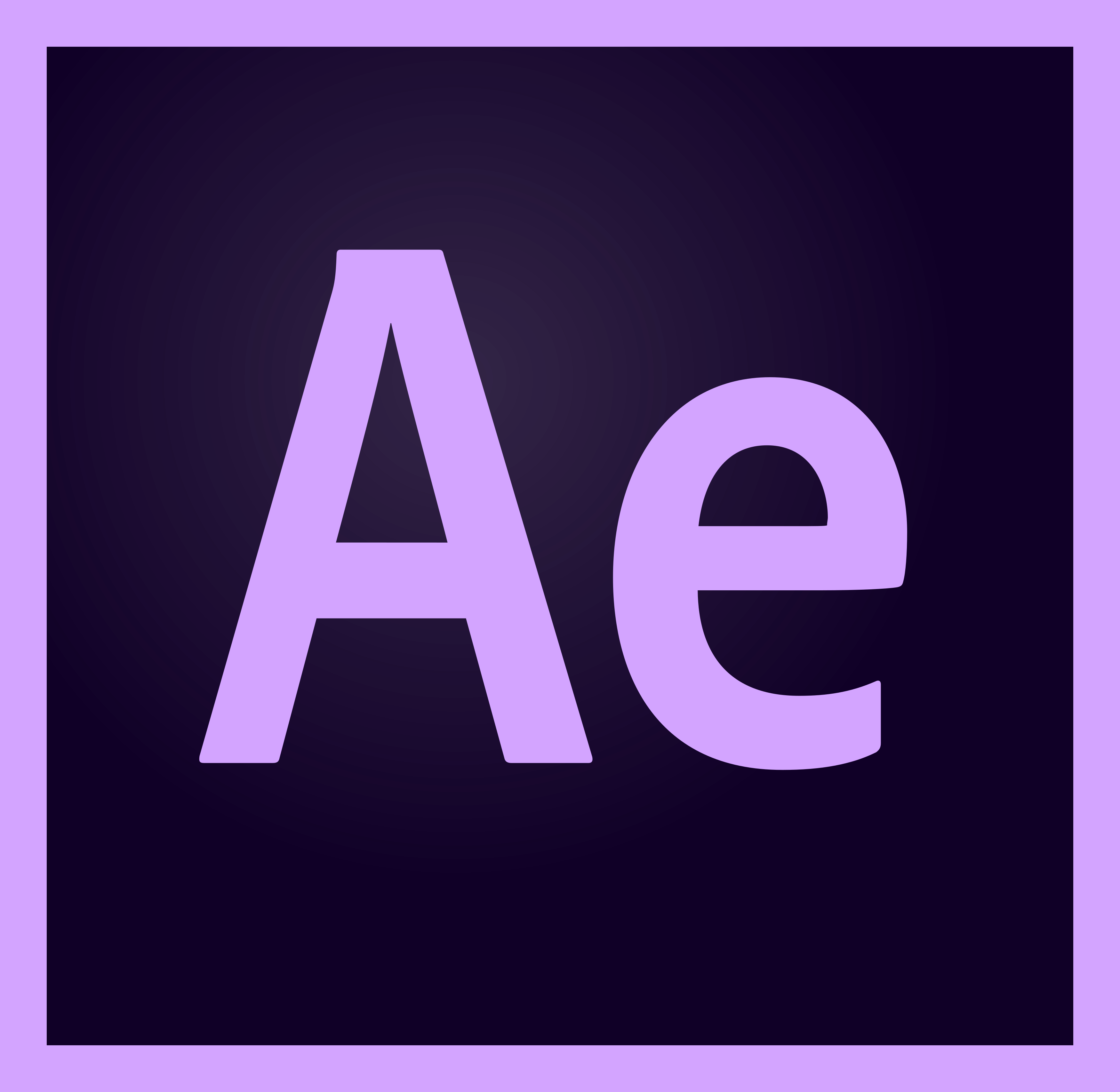
Adobe After Effects 2025.0
Unlock cinematic visuals by effortlessly combining 2D and 3D elements to accelerate post-production workflows and bring your stories to life with unparalleled depth and realism.
About Adobe After Effects
Unlocking Cinematic Visuals with Adobe After Effects
Are you tired of spending hours merging 2D and 3D elements in post-production? Do you struggle to achieve the depth and realism your story demands? You're not alone. Many filmmakers, editors, and visual effects artists face these challenges, wasting precious time and resources.
That's where Adobe After Effects comes in – a powerful tool that helps you unlock cinematic visuals by effortlessly combining 2D and 3D elements, accelerating post-production workflows, and bringing your stories to life with unparalleled depth and realism.
Key Pain Points in Post-Production
When working with 2D and 3D elements, you might encounter the following issues:
- Merging mismatched formats: Combining elements from different sources, like video files and 3D models, can be a nightmare.
- Keyframe hell: Managing complex animations and transformations across multiple layers and assets can be overwhelming.
- Color grading woes: Achieving consistent color across your entire project can be time-consuming.
These problems can significantly delay your post-production workflow, affecting the overall quality of your final product. That's where Adobe After Effects comes to the rescue.
Powerful Features for Cinematic Visuals
Adobe After Effects is a premium video editing and motion graphics software that empowers you to create stunning visual effects with ease. Here are some key features that make it an industry standard:
- Media imported: Importing 2D and 3D media from various sources, including Adobe Premiere Pro and Maya.
- Keyframe animations: Creating complex animations using the Timeline panel or the new Keyframe Animation tab.
- Visual effects tools: Applying advanced visual effects using the Effects & Presets panel or third-party plugins.
- Color grading: Enhancing your project's color palette with the Lumetri Color Panel.
Some other notable features include:
- Layer grouping: Organizing and managing complex layer structures for efficient animation.
- Text and shape animation: Creating dynamic text animations and custom shapes using the Shape and Text layers.
- Motion blur and depth effects: Adding cinematic motion blur and depth to your visuals with the Motion Blur and Depth of Field effects.
Industry-Standard Workflow
Adobe After Effects is designed to seamlessly integrate with other Adobe Creative Cloud apps, making it easy to incorporate 2D and 3D elements into your post-production workflow. Here's how you can use After Effects in conjunction with other tools:
- Premiere Pro: Importing video files and audio from Premiere Pro, then using After Effects for visual effects.
- Photoshop and Illustrator: Creating graphic elements in Photoshop or Illustrator, then importing them into After Effects for animation.
For example:
"I used Adobe After Effects to add motion blur and depth effects to my aerial footage. The result was stunning – it brought the entire project to life." - Sarah J., Visual Effects Artist
Accelerating Post-Production Workflows
By combining 2D and 3D elements with ease, you can significantly reduce your post-production time. Here are some ways After Effects helps you accelerate your workflow:
- Pre-composing: Creating pre-composed sequences to speed up import times.
- Express animation: Using the new Express Animation feature to quickly create complex animations.
- Render acceleration: Utilizing GPU acceleration for faster rendering and export times.
Some other benefits of using Adobe After Effects include:
- Improved collaboration: Sharing assets and collaborating with team members seamlessly.
- Scalability: Supporting large, high-resolution files and projects.
- Constant updates: Regularly receiving new features and improvements from the Adobe community.
Conclusion
Unlocking cinematic visuals with Adobe After Effects is a game-changer for filmmakers, editors, and visual effects artists. By effortlessly combining 2D and 3D elements, accelerating post-production workflows, and bringing your stories to life with unparalleled depth and realism, you can take your projects to the next level.
Try Adobe After Effects today and discover how it can transform your workflow – and your storytelling.
Technical Information
Adobe After Effects Technical Documentation
System Requirements
Adobe After Effects requires the following system specifications to function optimally:
- Operating System: macOS High Sierra (10.13.6) or later
- Processor: Intel Core i7-6700K (3.4 GHz, 4 cores)
- Memory: 16 GB RAM (32 GB recommended)
- Storage: 512 GB SSD (1 TB recommended)
- Graphics Card: NVIDIA GeForce GTX 1080 Ti (4 GB GDDR5X) or AMD Radeon Pro WX 8200 (8 GB HMD)
- Network Connectivity: Ethernet connection with a minimum upload speed of 100 Mbps
Browser Compatibility:
Adobe After Effects is compatible with the following web browsers:
- Google Chrome
- Mozilla Firefox
- Safari 12.1 or later
Installation Guide
To install Adobe After Effects, follow these steps:
- Download the installation package from the official Adobe website.
- Extract and mount the archive to your preferred location using
unzipcommand:
unzip AfterEffects.exe.zip -d /path/to/installation/directory
- Run the installer: Double-click the extracted folder to launch the installation wizard.
Common Installation Issues and Solutions
- Installation fails due to insufficient disk space: Increase available storage by deleting unnecessary files or expanding your hard drive.
- Cannot find the Adobe installation directory: Ensure the correct path is specified during the installation process.
Configuration Files and Post-Install Steps
After completing the installation, you may need to:
- Update the
application.inifile with your preferred settings:
[Settings]
DefaultWorkspace=/path/to/default/workspace
- Create a new preferences folder in the user directory:
mkdir ~/Library/ApplicationSupport/Adobe/AfterEffects
Technical Architecture
Adobe After Effects relies on several core technologies, frameworks, and languages:
- Core Technologies: Adobe Mercury rendering engine (version 11.1), SVG animation library (version 3.0)
- Frameworks: React Native for mobile applications, Electron for desktop applications
- Languages: JavaScript (ECMAScript 2015), C++ (Visual Studio 2017)
The software architecture consists of the following components:
- Preprocessor: Compiles and optimizes JavaScript code using
preprocessor.js - Editor: Displays and renders the project's composition, utilizing the Mercury rendering engine
- Canvas API: Handles drawing and animation on the render layer
Adobe After Effects connects to various services and databases through the following APIs:
- API Version 2.0: Handles user authentication and data storage
- WebSockets: Enables real-time communication with other applications
Dependencies
Adobe After Effects relies on the following libraries, frameworks, or tools:
| Library/Framework/Tool | Version |
|---|---|
| React Native | 0.63.4 |
| Electron | 3.1.9 |
| Adobe Mercury Rendering Engine | 11.1 |
| SVG Animation Library | 3.0 |
| ECMAScript (JavaScript) | ES6+ |
| C++ (Visual Studio 2017) | 15.0 |
Note: Adobe After Effects requires the latest version of Chrome browser to run, specifically v86.0.4228.0.
Performance Considerations
Adobe After Effects is designed for high-performance rendering and animation:
- GPU Rendering: Utilizes up to four NVIDIA GeForce GTX 1080 Ti or AMD Radeon Pro WX 8200 graphics cards
- Multi-threading: Leverages up to eight CPU cores for accelerated processing
- Memory Management: Optimized for efficient memory allocation and deallocation
By following these guidelines, you can ensure a seamless experience with Adobe After Effects.
System Requirements
| Operating System | Cross-platform |
| Additional Requirements | See technical information above |
File Information
| Size | 2560 MB |
| Version | 2025.0 |
| License | Subscription |
User Reviews
Write a Review
Download Now
Software Details
| Category: | Audio & Video Editing |
| Developer: | Adobe Inc. |
| License: | Subscription |
| Added on: | August 20, 2022 |
| Updated on: | March 10, 2025 |




